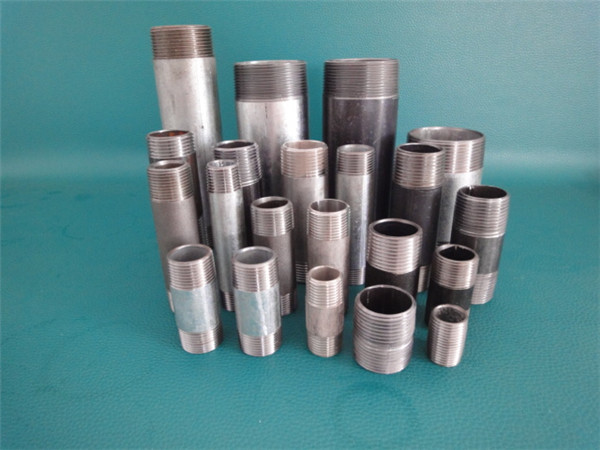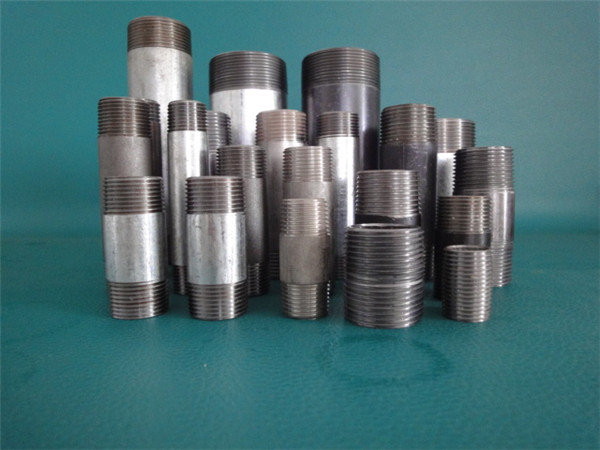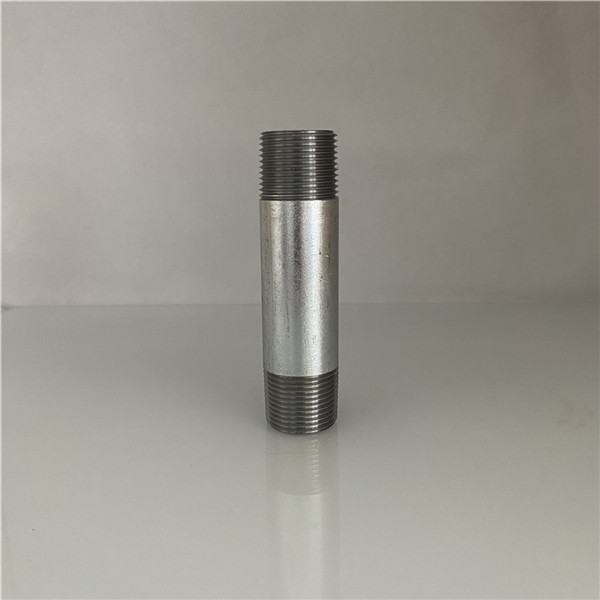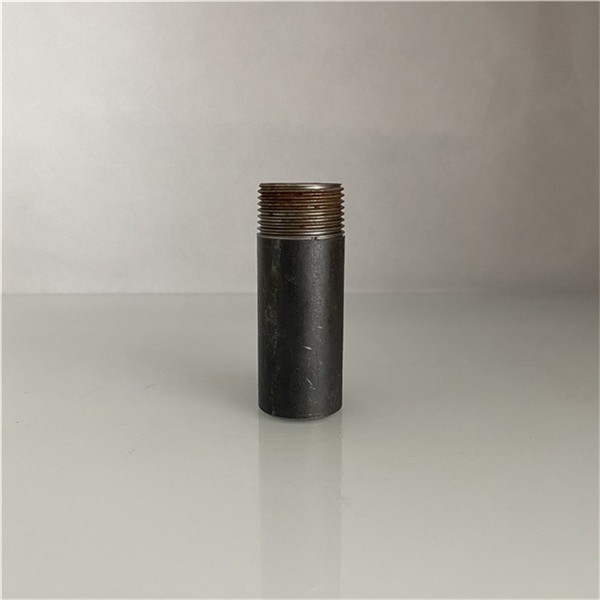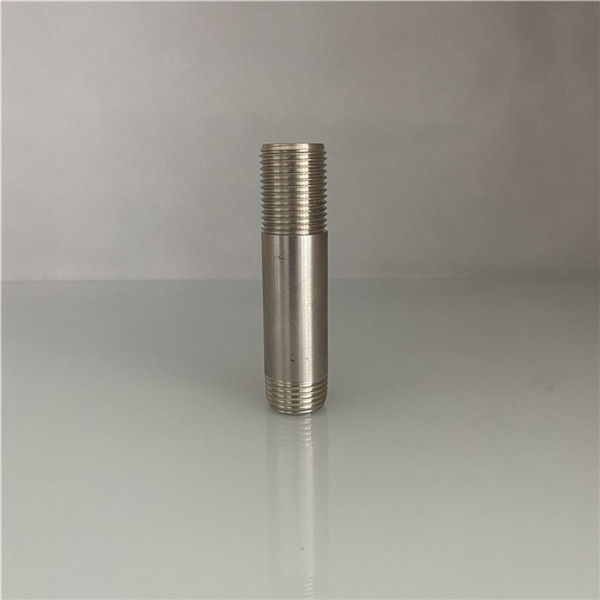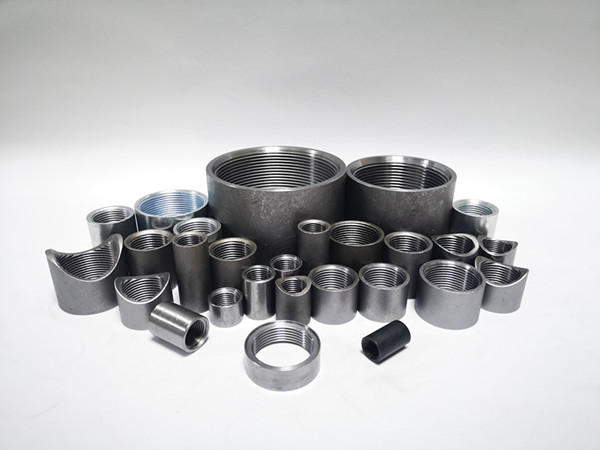Pipe threads are threads for connection on the wall of the pipe. There are 55-degree unsealed pipe threads and 55-degree sealed pipe threads.
It is mainly used to connect pipes to make the internal and external threads fit tightly. There are two different types of pipe threads: a straight pipe and a tapered pipe.
Common different types of pipe threads mainly include the following: NPT, PT, G, etc.
The Difference Between Threads Standard
1) NPT is the abbreviation of National (American) Pipe Thread. It belongs to the American standard 60-degree tapered pipe thread and is used in North America. Refer to GB/T12716-1991 for the national standard.
2) PT (BSPT) is the abbreviation of Pipe Thread. It is a 55-degree sealed conical pipe thread. It belongs to the Wyeth thread family. It is mostly used in Europe and the Commonwealth countries. It is often used in the water and gas pipe industry. The taper is 1:16. T7306-2000. The domestic name is ZG.
3) G is a 55-degree unsealed pipe thread, belonging to the Wyeth thread family. Mark G for cylindrical thread. Refer to GB/T7307-2001 for the national standard.
In addition, the 1/4, 1/2, and 1/8 marks in the thread refer to the diameter of the thread size, and the unit is an inch. Insiders usually use points to refer to the thread size, one inch equals 8 points, 1/4 inch equals 2 points, and so on. G is the general name of pipe thread (Guan). The division of 55 and 60 degrees is functional, commonly known as pipe circle. That is, the thread is processed by a cylindrical surface.
ZG is commonly known as pipe cone, that is, the thread is processed by a conical surface. The general water pipe joints are like this. The national standard is marked as Rc metric thread to indicate the pitch, and the American thread is 60 degrees. Metric units are used for metric threads, and imperial units are used for American and British threads. Pipe thread is mainly used to connect pipelines. The internal and external threads are closely matched. There are two types of straight pipes and tapered pipes. The nominal diameter refers to the diameter of the connected pipe, obviously the thread diameter is larger than the nominal diameter. 1/4, 1/2, 1/8 are the nominal diameters of inch threads, in inches.
The inch pipe thread comes from the inch Wyeth thread, and the combination of the Wyeth thread pipeline series and the Wyeth thread profile establishes the basic size of the inch pipe thread. According to the 1/16 taper relationship, the radial diameter tolerance of the Wyeth thread is converted into an inch sealed tube Tolerance of the axial number of threads (there is a certain amount of rounding and adjustment). Then refer to the tolerance value of the inch seal pipe thread to propose the tolerance of the inch unsealed pipe thread (the tolerance changes from one-way distribution to one-way distribution, relax the top Diameter tolerance, let go of the bottom diameter tolerance). The time for three kinds of threads to be proposed is:
In 1841, the British Wyeth thread was proposed, and in 1905, the new Wyeth thread standard (BS 84) was promulgated.
In 1905, the imperial sealed pipe thread standard (BS 21) was promulgated.
From 1905 to 1940, Wyeth Thread performed the responsibility of the imperial unsealed pipe. In 1940, the unsealed pipe thread series (BSP series) of the Wyeth thread was proposed; in 1956, the British unsealed pipe thread standard (BS 2779) was issued separately.
European countries and Commonwealth countries first accepted the imperial pipe thread standard. The ISO/TC5/SC5 Pipe Thread Standardization Technical Committee and its secretariat are controlled by European countries, and the imperial pipe thread standard was adopted by the ISO standard. In 1955, the ISO proposed the inch seal pipe thread Standard (ISO R 7); In 1961, ISO proposed the standard for imperial unsealed pipe threads (ISO R 228). In 1978, ISO promulgated two official standards for imperial pipe threads (ISO7-1 and ISO228-1). Threads have been generally accepted by countries outside North America and are widely used in international trade.
Metric Thread And Inch Thread
Metric threads are expressed by pitch, US and British threads are expressed by the number of threads per inch;
The metric thread is a 60-degree equilateral tooth shape, the inch thread is an isosceles 55-degree tooth shape, and the American thread is an isosceles 60-degree tooth shape;
Metric units (such as mm) are used for metric threads, and imperial units (such as inches) are used for US and British threads;
"Insiders" usually use "minutes" to refer to the thread size, one inch is equal to 8 minutes, 1/4 inch is 2 minutes, and so on.
There are also: ISO-metric thread standard 60 degrees; UN-unified thread standard 60 degrees; API-American petroleum pipe thread standard 60 degrees; W-British Whitworth thread standard 55 degrees.
Pipe Fittings With Pipe Threads
Hebei Sanvo Pipes And Fittings Co., Ltd. is a quality threaded pipe fittings manufacturer and supplier in China, exporting standard NPT, BSPTsteel pipe nipple, steel pipe coupling, and 304/316 stainless steel threaded pipe fittings. Our pipe products are available in carbon steel and stainless steel, widely used in the field of gas, oil and gas, water, fire, HVAC, mines, petroleum, and other fluid transportation. And manufactured according to American Standard ASTM A733/A865, German Standard DIN2982/DIN2986, British Standard BS EN10241, and Japanese Standard JISB2302, sold to Israel, Germany, Italy, South Korea, United States, Middle East, Canada, France, and other national markets, well received.
We warmly welcome customers from home and abroad to call us to discuss cooperation and development together. Email: info@pipenipples.com
